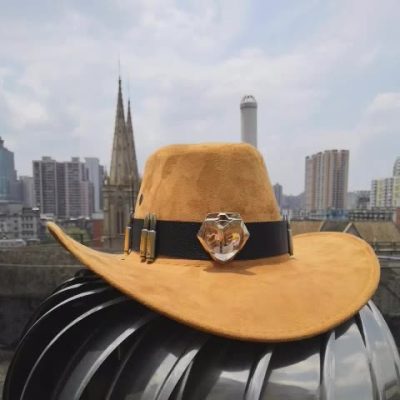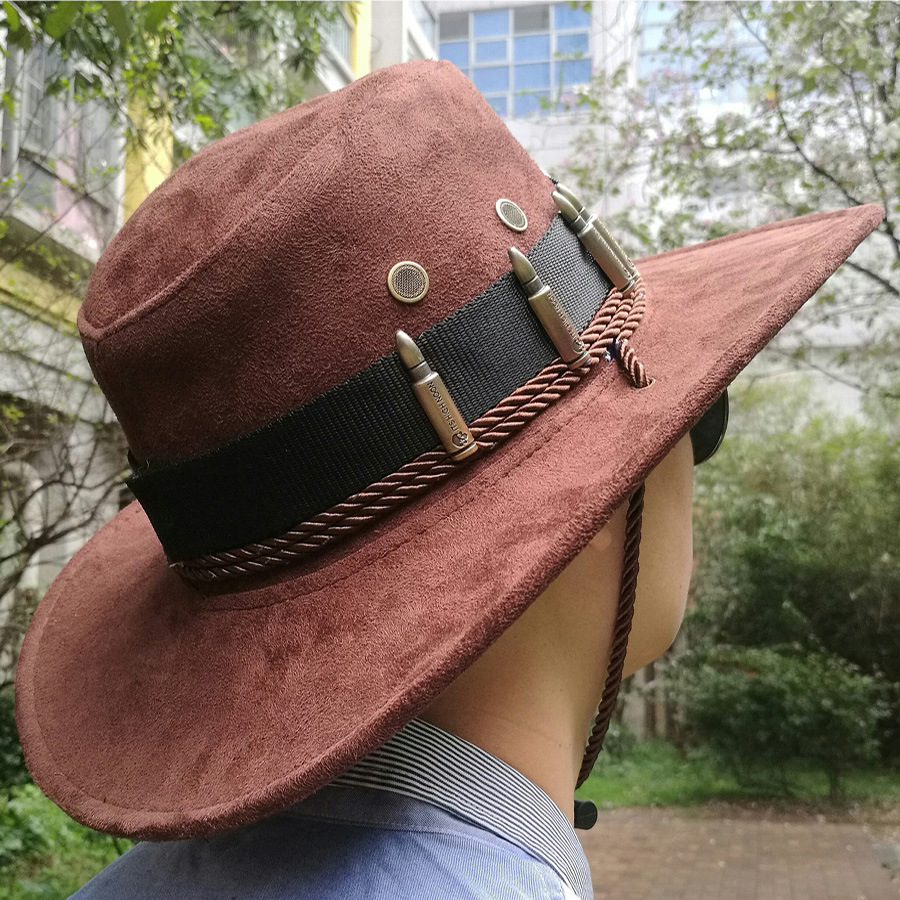Hats have played an iconic role in film history, often serving as symbols of character identity, status, personality, or era. Here are some notable examples of hats in film:
- Indiana Jones’s Fedora (Indiana Jones Series): The fedora worn by the adventurous archaeologist Indiana Jones, played by Harrison Ford, has become synonymous with the character. It represents Jones’s ruggedness, resourcefulness, and classic style, as well as evoking the 1930s adventure era in which the films are set.
- Charlie Chaplin’s Bowler Hat (Various Films): The bowler hat worn by Charlie Chaplin in many of his iconic silent films, such as “City Lights” and “Modern Times,” is an instantly recognizable symbol of his beloved character, The Tramp. The hat, along with the cane and oversized shoes, became iconic elements of Chaplin’s comedic persona.
- Jay Gatsby’s Boater Hat (The Great Gatsby): In both the novel by F. Scott Fitzgerald and its film adaptations, Jay Gatsby is often depicted wearing a boater hat, reflecting his status as a wealthy and enigmatic figure in 1920s high society. The hat symbolizes Gatsby’s flamboyant lifestyle and pursuit of the American Dream.
- The Wicked Witch’s Pointed Hat (The Wizard of Oz): The pointed black hat worn by the Wicked Witch of the West in “The Wizard of Oz” is an iconic symbol of villainy and evil in popular culture. Its sinister silhouette and association with witchcraft have made it one of the most recognizable hats in film history.
- Detective’s Fedora (Film Noir): In classic film noir movies of the 1940s and 1950s, the fedora became a staple accessory for hard-boiled detectives and antiheroes. Worn low over the eyes, the fedora added an air of mystery, intrigue, and sophistication to characters like Humphrey Bogart’s Sam Spade in “The Maltese Falcon.”
- Mary Poppins’s Boater Hat (Mary Poppins): Mary Poppins’s boater hat, adorned with a daisy, is an iconic part of her whimsical and magical appearance in the film adaptation of P.L. Travers’s beloved children’s books. The hat reflects Mary Poppins’s playful yet elegant personality and serves as a visual representation of her unique brand of magic.
- Mafia’s Fedora (The Godfather): In “The Godfather” trilogy, the fedora worn by Vito Corleone, played by Marlon Brando, and other members of the Corleone crime family became emblematic of their power, authority, and old-world values. The hat symbolizes the patriarchal nature of the mafia and its adherence to tradition.
These are just a few examples of how hats have played iconic roles in film, shaping character identities, enhancing storytelling, and leaving a lasting impression on audiences worldwide. Whether representing adventure, villainy, sophistication, or magic, hats in film continue to captivate and inspire audiences across generations.








